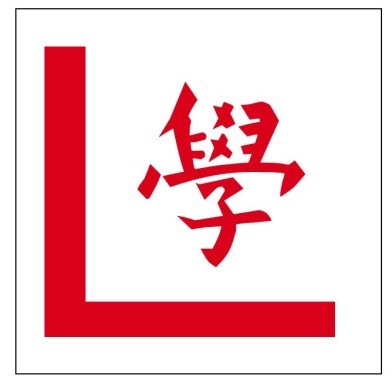
Learning to drive

'L-plate'- learner driver under instruction
If you start to learn driving a private car or a light goods vehicle, you must obtain a learner's driving licence for the respective class of vehicle. You must not drive without a licensed driving instructor until you have obtained a probationary driving licence after passing the written and practical driving tests.
To pass the written test, you have to demonstrate your knowledge and understanding of the Road Users' Code. To pass the practical driving test, you have to demonstrate your driving ability to drive safely and competently following the rules and advice in this Code. Learner drivers preparing for the practical driving tests are also advised to make reference to the 'Guide to Driving Test' published by the Transport Department. Such guide will be provided to persons who apply for the driving test.
As a learner driver, you must not drive on an expressway. Traffic signs on the right mark the start and end of an expressway.
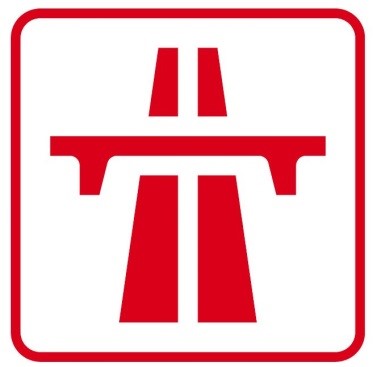
Start and continuation of an expressway
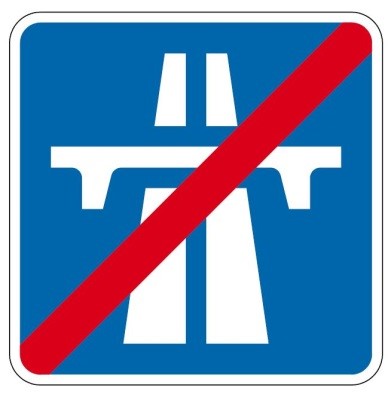
End of an expressway
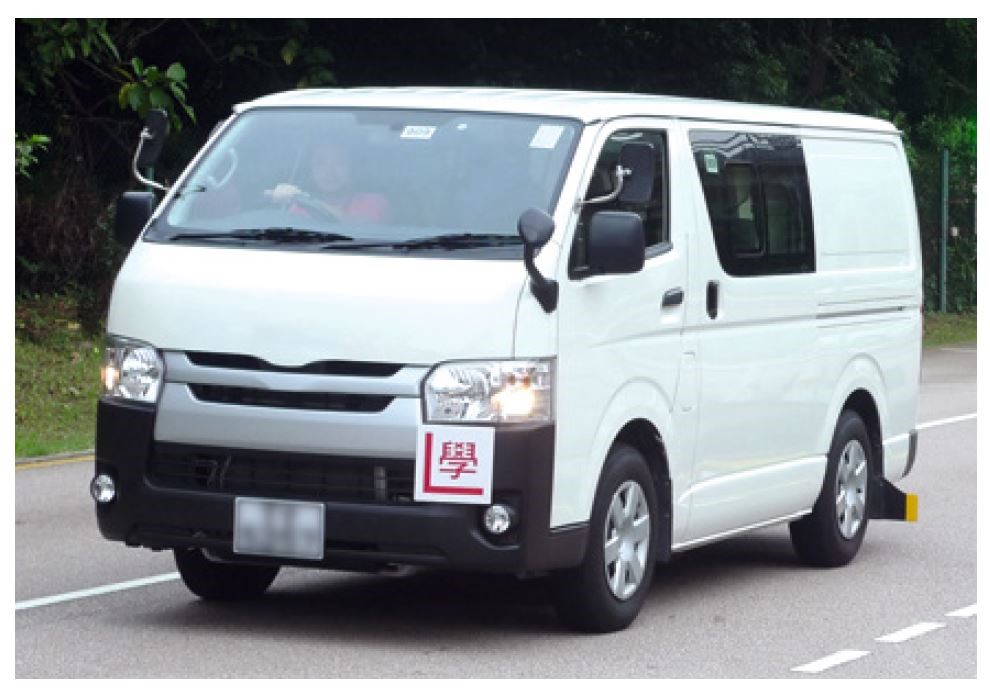
As a learner driver, you may drive only at certain times of the day and you are prohibited from using certain roads. You must not normally carry any passengers. Your vehicle must be fitted with 'L-plates'. Ask your driving instructor about these and other rules and advice for learner drivers.
Information on different types of driving licences and driving tests may be obtained from any Licensing Office of the Transport Department. You may also see 'Further Reference Materials'.
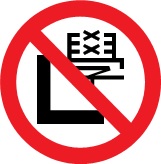
Learner drivers must not drive past this sign or drive on the road to which the ban applies.
Probationary driving licence scheme (motor cycles, motor tricycles, private cars and light goods vehicles)
You are only eligible to apply for a probationary driving licence to drive a motor cycle, motor tricycle, private car or light goods vehicle upon passing the respective driving tests. You have to undergo a probationary driving period of at least 12 months satisfactorily before applying for a full driving licence. During the period, you are required to display a 'P' plate at the front and rear of the vehicle; you are not allowed to drive your vehicle at a speed in excess of 70 km/h (on roads with speed limit greater than 70 km/h); and drive on the right most lane of expressways where three or more traffic lanes are open for use by traffic unless you are heading for a right side exit.
If you are a probationary rider of motor cycle or motor tricycle, you are not allowed to carry any passenger.
If you are convicted of road traffic offence that carries driving-offence points (DOPs) or relates to any of the above restrictions during the probationary driving period, your probationary driving period may be extended or your probationary driving licence may be cancelled (see 'Further Reference Materials' about driving licences).
To obtain a full driving licence, you must submit an application within 3 years from the date of satisfactory completion of the probationary driving period.
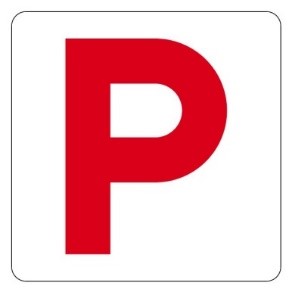
'P' plate for probationary drivers of motor cycles, motor tricycles, private cars and light goods vehicles to display on their vehicles.
Driving improvement course
The driving improvement course is specially designed to instill in drivers a stronger sense of road safety and good driving behaviour. Drivers who wish to improve their driving behaviour may attend the course in one of the designated driving improvement schools.
If you have been convicted of serious traffic offences, such as dangerous driving and drink driving, you are compulsorily required to attend and complete the driving improvement course.
If you have accumulated 10 DOPs incurred within the past 2 years, you are also required to attend the driving improvement course (i.e. for every 10 DOPs).
Upon your satisfactory attendance and completion of the course, 3 DOPs will be deducted from the total number of DOPs you have incurred. However, no DOP will be deducted if on the completion date of the course, you:
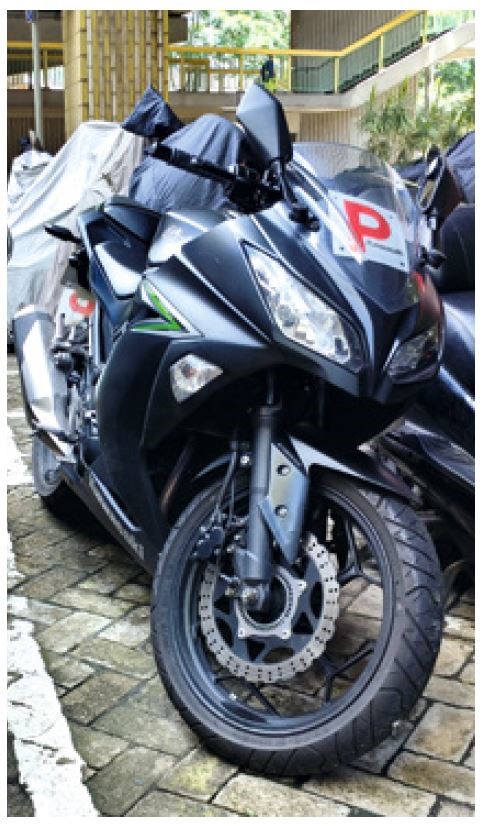
|
Driving-offence points system The DOPs system is a measure designed to promote safety on the road. The main purposes are to deter habitual traffic offenders and to improve standards of driving in order to reduce the accident toll. Certain traffic offences will carry driving-offence points, in addition to other penalties. Committing any of these scheduled offences will result in the recording of the corresponding points. If 15 or more DOPs have been incurred within a period of 2 years, the driver can be disqualified by a court from holding or obtaining a driving licence for a certain period. Any scheduled offence committed as from that date attracts DOPs if the driver:
For more information of DOPs system, scheduled offences and their corresponding DOPs, see 'Further Reference Materials'. |